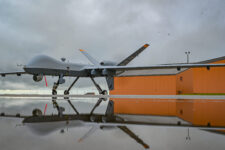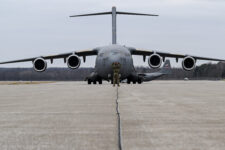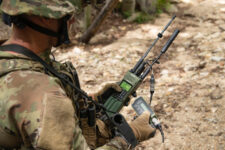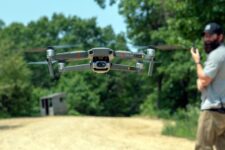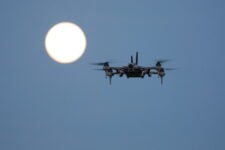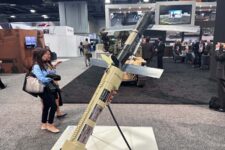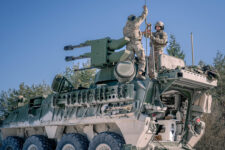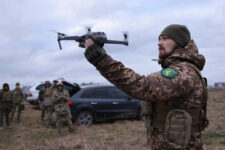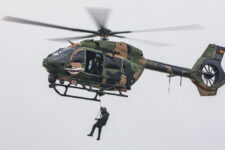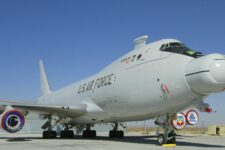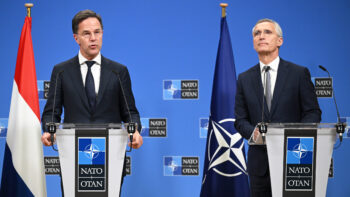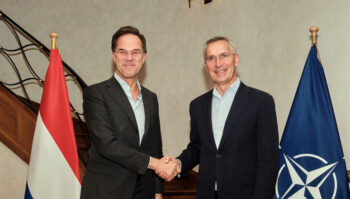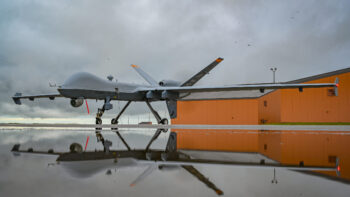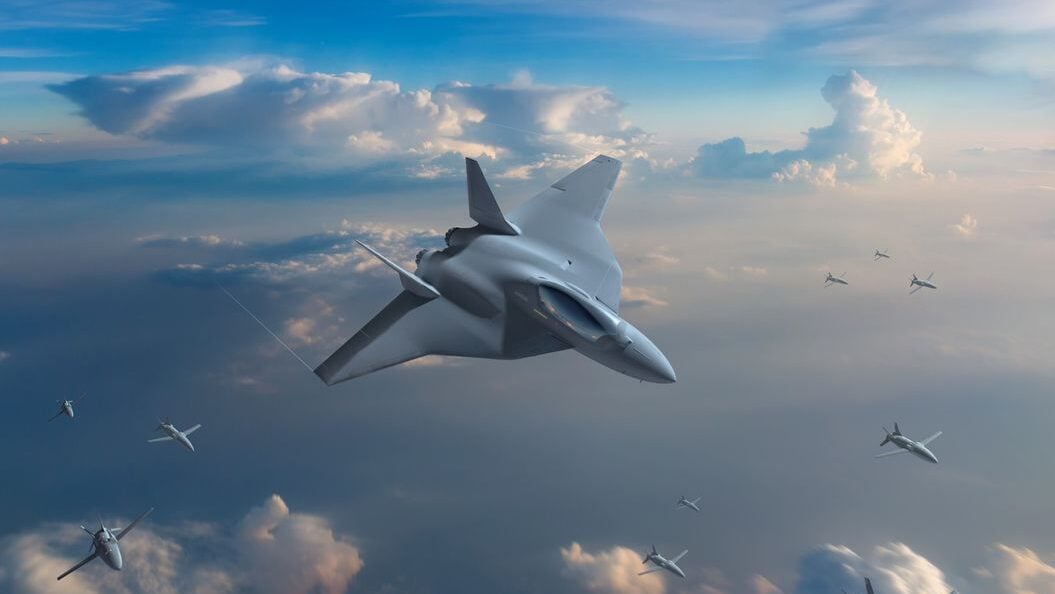
The European Future Combat Air System (FCAS) or SCAF project revolves around development of a next generation fighter, remote carriers and a combat cloud. (Airbus)
BUCHAREST — The Franco-German-Spanish Future Combat Air System (SCAF) and the British-Italian-Japanese Global Combat Air Programme (GCAP) may be rivals on the geopolitical stage, but given their European roots, both should consider common subsystems, according to a top MBDA executive.
Speaking to Breaking Defense last month, MBDA’s Vice President for Europe Arnaud Rousset said that there needs to be “commonality” between both programs, as well as elsewhere across Europe.
“Customers can share a single product to equip a variety of equipment and platforms. MBDA has the expertise to propose such solutions and would be a good tool for this work, if we were asked,” Rousset said. Examples he raised include the Meteor air-to-air missile, which is expected to be made available to all GCAP customers in the coming years, and is already integrated into different platforms such as Gripen, Eurofighter and Rafale.
“MBDA is looking to increase production, and sustainability of production, while reducing delivery time. Joint acquisition is critical to this,” he added before underlining “sovereign capabilities” as key to defense customers.
RELATED: FCAS? SCAF? Tempest? Explaining Europe’s sixth-generation fighter efforts
Of course, it benefits MBDA to have as many platforms as possible equipped with the company’s weapons. But one of the prime lessons learned from Ukraine is the need for munitions, in particular, to be common across Europe so that countries can help each other with supplies as needed.
Another example where Rousset sees potential is in “cooperation” on short range air defense (SHORAD). He said the company is working with Romania to push them to join an effort, stood up at least year’s Paris Air Show by France, Belgium, Cyprus, Estonia and Hungary, to explore joint procurement of MBDA’s Mistral 3 SHORAD missile systems.
“We are absolutely supporting Romania to become part of a joint [SHORAD] acquisition led by the DGA [French Defense Procurement Agency],” he said. “These discussions are moving forward and we believe this kind of mechanism falls in line the European policy to go together, to buy together and to be more efficient and more effective together. So we see hundreds of advantages for Romania to choose that mechanism and I don’t see any drawbacks.”
“Since February 2022 [and the start of the Ukraine War], V-SHORAD capability is more important than ever and is now seen as a very efficient means of countering drones,” Rousset said.
Romanian Moves
Rousset spoke to Breaking Defense at the BSDA exhibition in Bucharest, following the announcement of MBDA’s first contract in the central European country — one that the executive hopes will just be the start of a long relationship.
On May 23, MBDA signed a contract with Romanian aerospace company IAR Brasov to “support the integration of the Marte ER” missile on board the Romanian Navy’s Airbus H215M maritime helicopter. Specific details regarding the contract have not been published and MBDA was unable to comment on contract numbers nor delivery dates.
Describing the Marte ER agreement as a “major step” in terms of cooperation between MBDA and the Romanian Armed Forces, Rousset called out Romania as being a “very specific market for MBDA” and suggested the Marte ER contract is the “start of long term cooperation and many projects in Romania relating to missiles and missile systems.”
Marte ER is a multi-platform family of missiles which has already been integrated on board multiple platforms in the Italian Armed Forces.
Following Romania’s selection of the Lockheed Martin F-35 Joint Strike Fighter in September last year, MBDA is also positioning itself to offer up other precision strike munitions to Romania from across its wider portfolio. Options, according to Rousset, include the Meteor air-to-air missile which is expected to be carried by British Royal Air Force F-35s in the future.
MBDA is also targeting “several strands” of Romania’s operational requirements, offering Vertical Launch (VL) Mica and Mistral 3 missiles as well as its Sky Warden counter-unmanned aerial system (C-UAS) solution.
